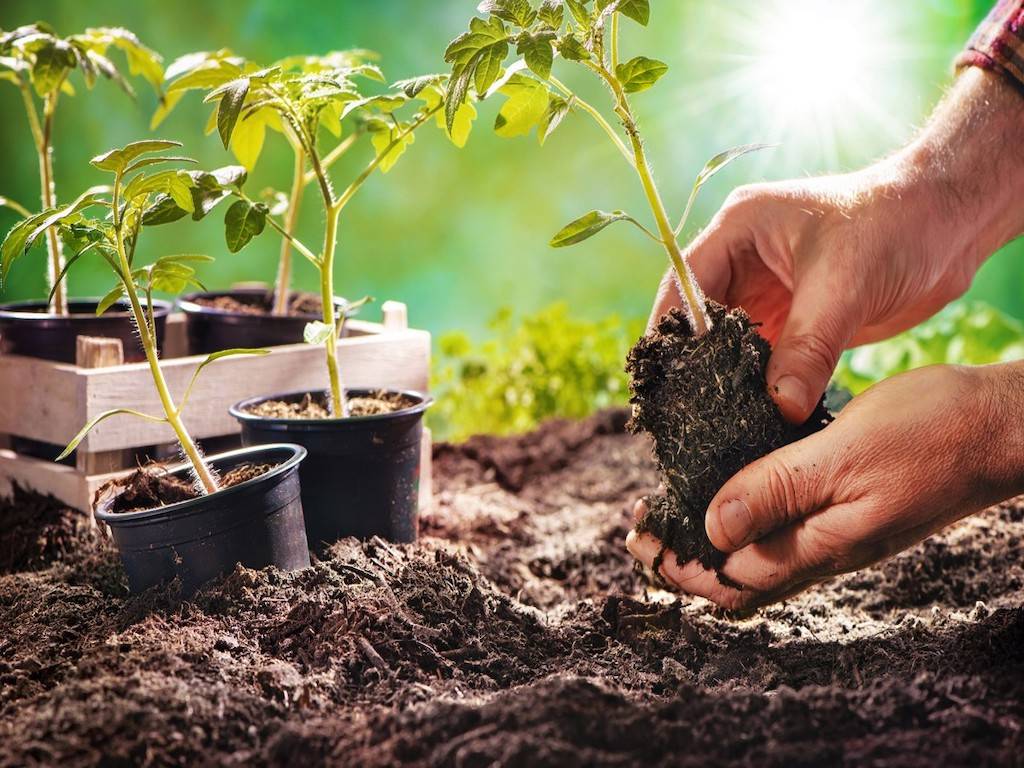
A person's gardening inspiration returns when the first spring flowers bloom and the days grow longer. You don't need to wait for the weather to warm up before getting your hands dirty. Planting from seed is an excellent way to improve your connection with your garden, gain greater influence over the source of your seeds, and save money.
Use These Pointers to Get your Garden Off to a Good Start:
Choose Plants that are Simple to Germinate:
It's safer to stick to plants with high indoor germination and growth rates unless you're an experienced gardener. Basil, broccoli, cabbage, cauliflower, chives, lettuce, melon, onion, pepper, and tomatoes have all grown well from seed for me. Direct sowing beans, beets, carrots, corn, peas, spinach squash, and zucchini, on the other hand, has worked well for me.
Containers may be Reused:
Save your nursery flats from last year or look through your recycling bin for 2- to 3-inch containers. Apple sauce, pudding, and yogurt all fit well in single-serve containers. Wash the containers thoroughly before punching drainage holes in the rim.
Medium for Rising:
Using a starter mix or make your own at home to fill your containers. To neutralize the acidity of the peat, combine equal parts perlite, vermiculite, and peat, then add 1/4 teaspoon lime to each gallon.
Look for a Warm Place:
Find a place for your seedlings that is about 70 degrees F, such as near a heat vent or on a heating pad.
To finish it off:
To begin, cover your flats with plastic wrap or glass to maintain a consistent humidity level.
Starts should be kept damp:
Make sure your soil is moist but not too wet or dry. To achieve the right balance, I normally use a spray bot
Allow the light to pass:
Cover your seeds once they've sprouted, remove the heating devices, and put them in the sun. To prevent seedlings from becoming leggy and more susceptible to harm when planted outdoors, use a grow light with the bulb a few inches above the seedlings. If possible, give the seedlings 12 to 16 hours of light, and use an electric timer if necessary.
Make them stronger:
Allow your seedlings to acclimate to the outside world by leaving them out for 2 to 3 hours in a shady spot on a warm day before planting. Enable them to gradually increase their exposure to sunlight and wind for 7 to 10 days before planting them outside.
Make sure your timing is right:
This emphasizes the importance of planting your prized seeds in the field at the right time. Check the weather forecast just before planting less hardy starts and follow a guide to help you determine when to plant your seeds.











